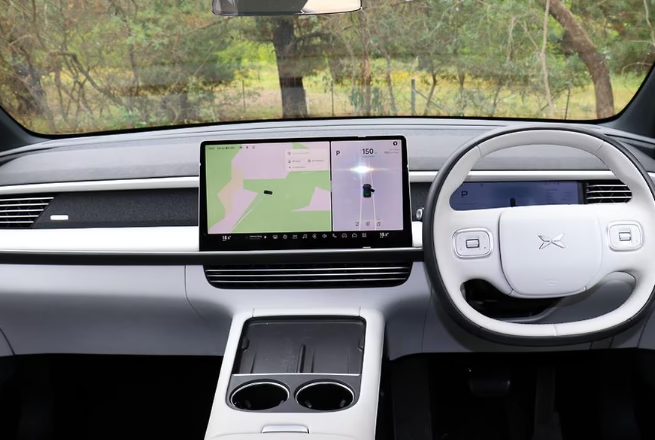The difference between new energy vehicles and fuel vehicles
Fuel vehicles are mainly maintained for the engine system, and the engine oil and oil filter are replaced regularly. New energy vehicles are all driven by electric motors, so they naturally omit routine maintenance items such as engine oil and belts. They only need to maintain the battery pack and motor to keep them clean. From the difference in routine maintenance items, it can be seen that the maintenance of new energy vehicles is simpler and easier than that of fuel vehicles.
01 What maintenance do new energy vehicles need?
That is, check the appearance of the vehicle. The appearance inspection mainly includes whether the headlights function normally, the aging of the wiper rubber strips, and whether the paint is damaged.
The chassis is also the same as usual, mainly checking the various transmission components, suspension and chassis connectors to see if they are loose and aging. The high-voltage battery is installed on the bottom plate, especially to avoid collisions and scratches.
The tires are in direct contact with the ground, and various faults will occur due to road conditions. Mainly check tire pressure, cracks, trauma and wear.
Antifreeze, unlike fuel vehicles, is used to cool the motor and needs to be replaced regularly according to the manufacturer’s regulations (generally, the replacement cycle is 2 years or 40,000 kilometers). In addition, gear oil, also known as transmission oil, is also an oil that electric vehicles need to replace more frequently.
That is, check whether the wiring harnesses in the cabin are aging, loose connections, etc. Remember, do not use water to clean the interior of the cabin.
As the power source of electric vehicles, batteries are the most special and important components of electric vehicles.
02 How to protect the charger and battery
(1) The charging gun must be inserted correctly. The charging cable cannot be suspended in the car, which will put a lot of load on the charging port.
(2) Avoid heating the plug during charging. If the heating time is too long, it will cause the plug to short-circuit or poor contact, directly damaging the charger and battery.
(3) It is strictly forbidden to be in a low-power state during storage. Low-power state means that the battery is not charged in time after use. Even if the vehicle is idle, it should be charged once a month to keep the battery healthy.
(4) Avoid high current discharge. When starting, carrying passengers, or going uphill, you should try not to step on the accelerator to accelerate. This is because instantaneous high current discharge will produce lead sulfate crystals, which will damage the physical properties of the battery plates.
















Leave a Reply